The Mysterious Cat Psychology

Have you ever walked into a room full of cat lovers, only to watch every feline in the vicinity make a beeline straight for the one person who clearly doesn’t want anything to do with them? This phenomenon isn’t just your imagination playing tricks on you. Cats possess an almost supernatural ability to identify the human who’s least interested in their company, and then proceed to shower that unfortunate soul with unwanted attention. Understanding this behavior requires diving deep into the complex world of feline psychology. It’s like cats have an internal radar that specifically targets reluctance and transforms it into an irresistible invitation.
Body Language Speaks Volumes

Cat-averse humans unknowingly send all the right signals that cats find absolutely irresistible. When someone doesn’t like cats, they typically avoid direct eye contact, keep their movements minimal, and maintain a calm, non-threatening posture. To a cat, this translates as the perfect invitation to approach. Direct staring is considered aggressive in cat language, so the person who’s deliberately looking away appears friendly and non-confrontational. It’s the ultimate case of mixed signals where human disinterest reads as feline welcome mat. Think of it like being the quiet person at a party who suddenly becomes the most intriguing guest simply because they’re not trying to be the center of attention.
The Reverse Psychology Effect
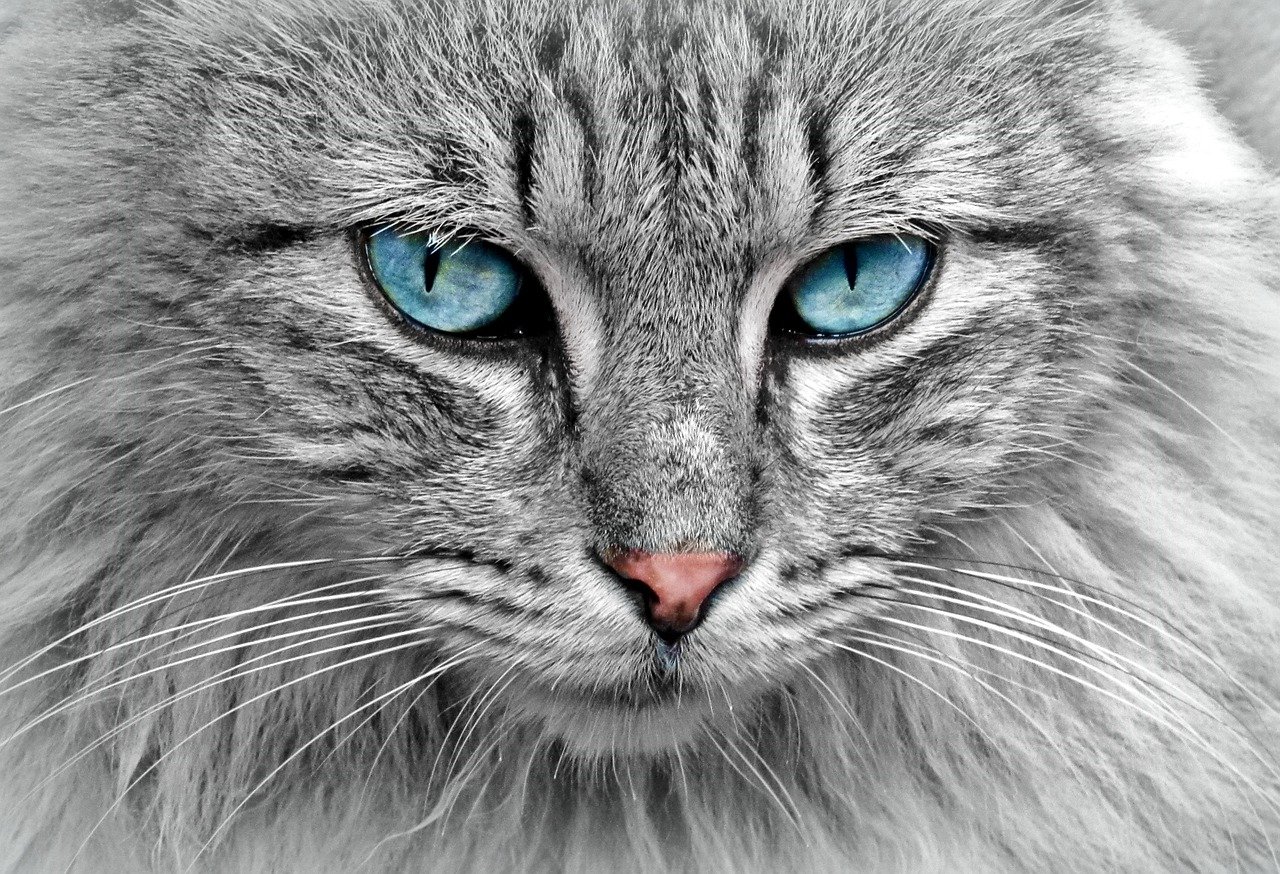
Cats are natural contrarians who seem to operate on a principle of reverse psychology that would make any teenager proud. The harder someone tries to ignore them, the more determined they become to win that person over. This behavior stems from their independent nature and their desire to control social situations on their own terms. When faced with someone who’s clearly uninterested, cats interpret this as a challenge rather than a rejection. They approach the situation with the confidence of a salesperson who believes they can convert even the most reluctant customer. It’s as if cats have read every psychology book on hard-to-get tactics and decided to master them all.
Scent and Stress Signals
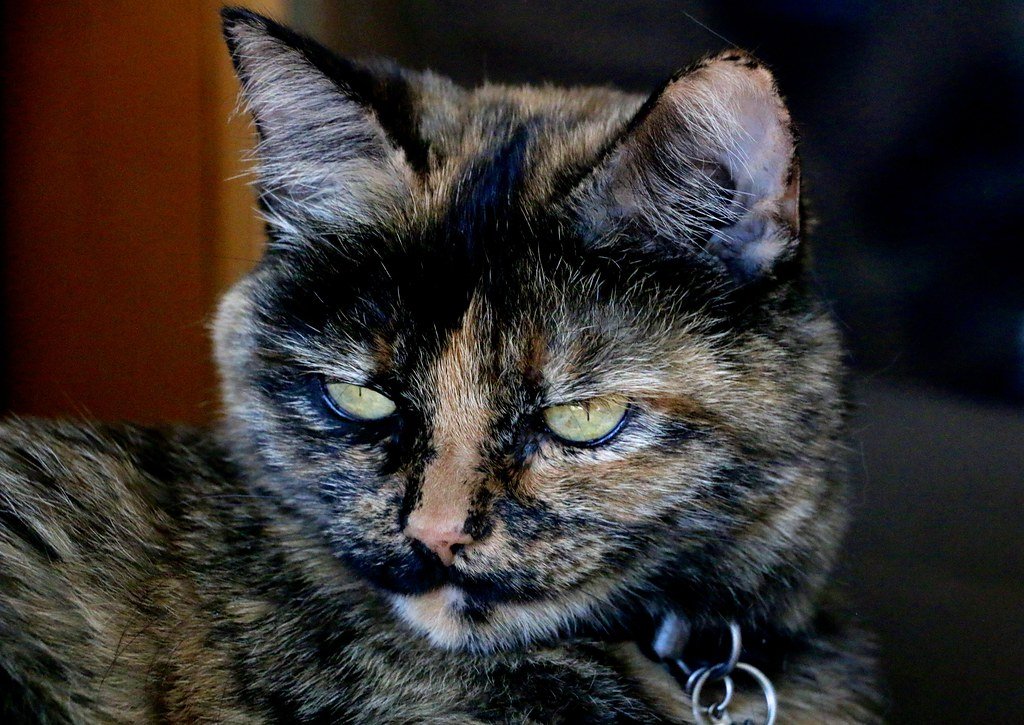
People who dislike cats often emit subtle stress signals that actually attract felines rather than repel them. Cats are incredibly sensitive to human pheromones and can detect changes in stress hormones, heart rate, and even breathing patterns. Ironically, the tension someone feels around cats can create a chemical signature that cats find intriguing or even comforting. Some experts believe cats may approach stressed individuals as a form of social support, similar to how therapy animals are drawn to people in distress. The person who’s uncomfortable around cats might unknowingly be broadcasting a signal that says “I need help” in cat language. It’s nature’s cruelest joke that the very anxiety meant to keep cats away actually draws them closer.
Territory and Conquest Instincts
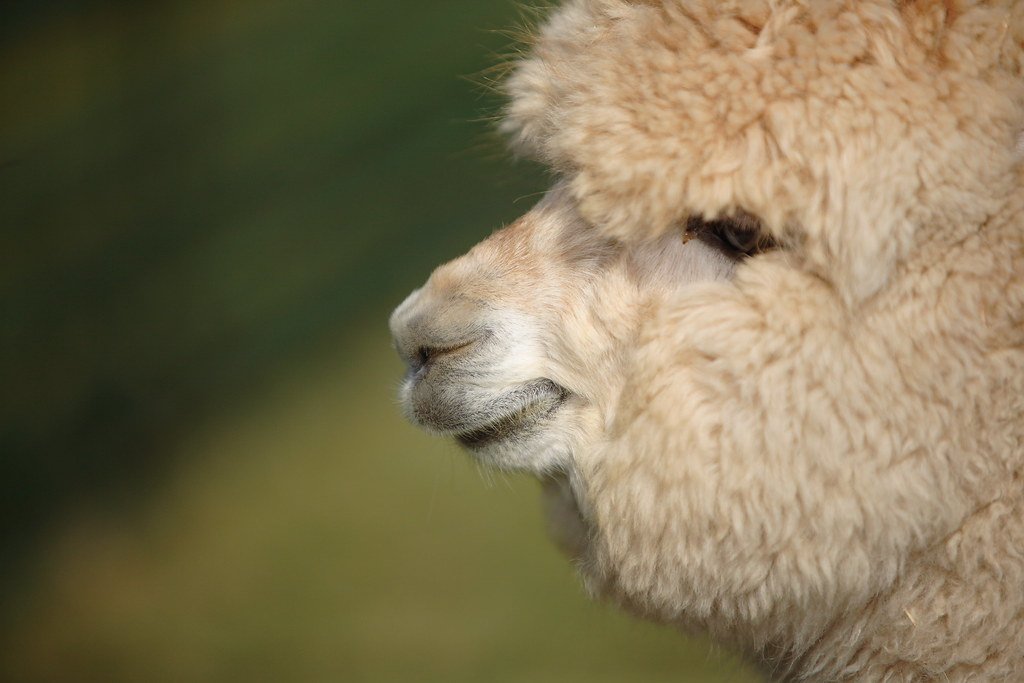
Cats view reluctant humans as unconquered territory that needs to be claimed and marked. This territorial behavior is deeply ingrained in their DNA, whether they’re house cats or wild predators. An uninterested person represents a space that hasn’t been properly “claimed” yet, triggering the cat’s natural instinct to establish dominance and ownership. They approach these situations with the persistence of a door-to-door salesperson who refuses to take no for an answer. The cat’s mission becomes clear: convert the non-believer through a combination of charm, persistence, and strategic positioning. Once they’ve “won over” the reluctant person, they often lose interest and move on to the next challenge.
Social Hierarchy Games

In the complex world of cat social dynamics, the person who doesn’t engage becomes automatically interesting because they’re not participating in the established pecking order. Cats are constantly assessing social situations and determining where everyone fits in their mental hierarchy. Someone who refuses to play the game becomes an enigma that needs to be solved. This creates a fascinating dynamic where the cat’s natural curiosity overrides their usual social patterns. They’ll often approach the disinterested person with more confidence than they show toward eager cat lovers. It’s like being the mysterious stranger at a social gathering who becomes more attractive simply because they’re not trying to fit in.
The Heat Seeking Mission

Cats are notorious heat-seekers, and people who are uncomfortable around them often generate more body heat due to stress and tension. This elevated body temperature makes them inadvertently more attractive to cats who are always on the hunt for the warmest spot in the room. The irony is delicious: the very physical response meant to signal discomfort actually sends out a beacon that says “premium warming station available here.” Cats have evolved to detect even subtle temperature differences, so they can zero in on the person whose anxiety is literally making them run hot. It’s like having a built-in GPS that’s specifically calibrated to find the most reluctant human in the vicinity. Add to this the fact that tense muscles often create better lap geography for cats, and you’ve got a perfect storm of unwanted feline attention.
The Challenge of the Unavailable
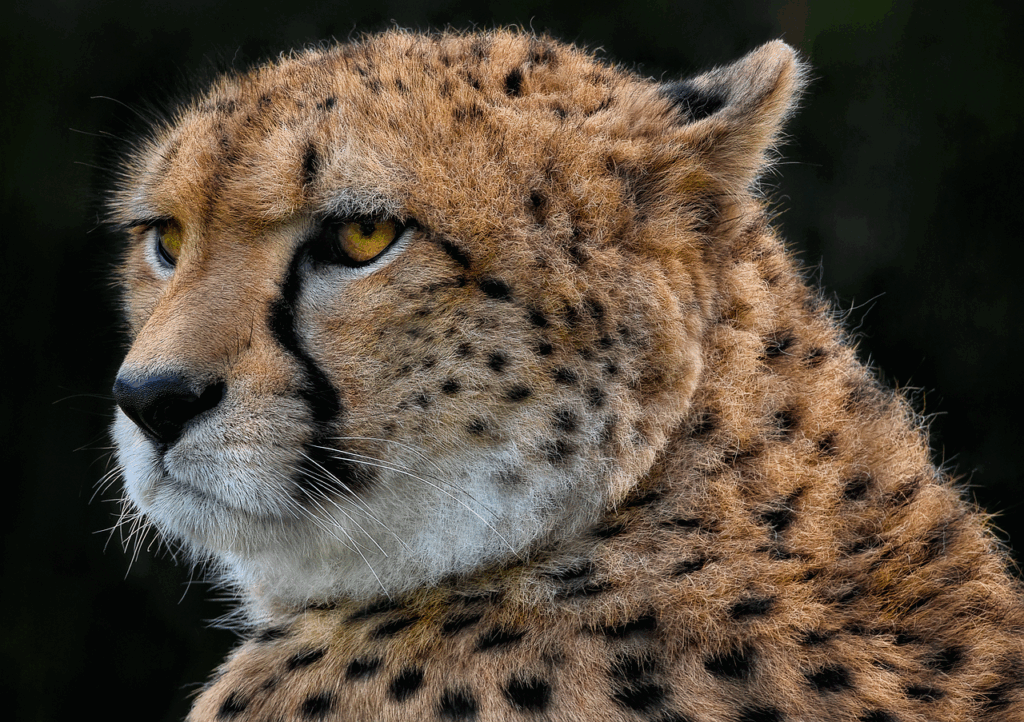
Cats possess an almost supernatural ability to want what they can’t have, making unavailable humans irresistibly attractive. This behavior mirrors their hunting instincts, where prey that runs away becomes more desirable than prey that simply sits there. The person who pulls away, avoids eye contact, or tries to create distance is essentially activating the cat’s chase response. They interpret human avoidance as an invitation to pursue, much like a mouse darting across the floor. This creates a frustrating cycle where the more someone tries to avoid a cat, the more interesting they become. It’s the feline equivalent of wanting to date someone who’s playing hard to get.
Quiet Confidence Appeals
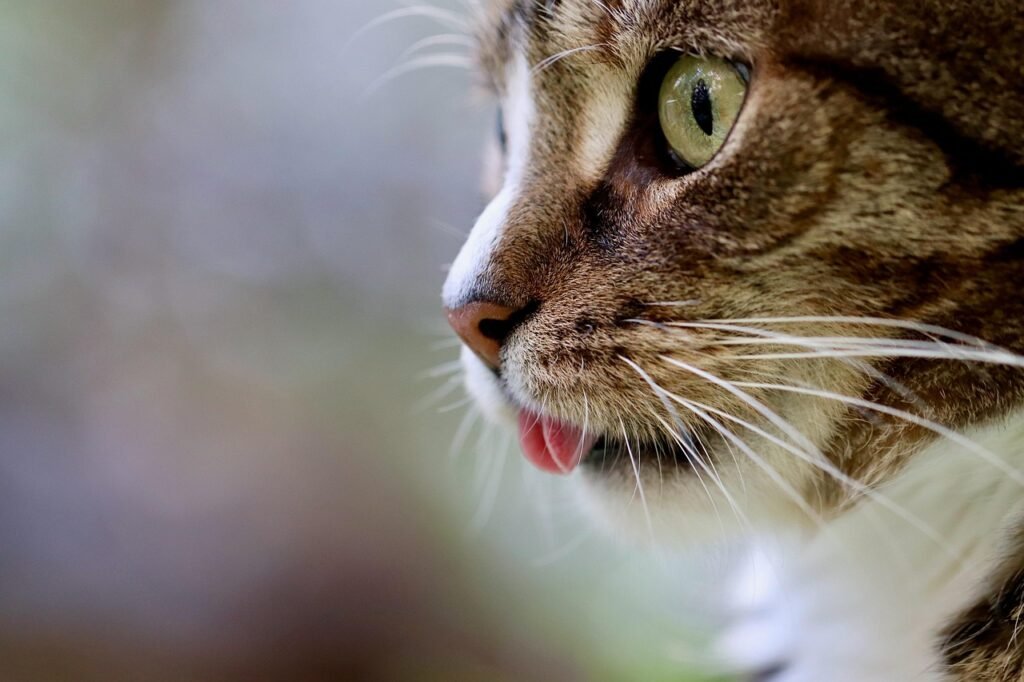
People who don’t like cats often display a type of quiet confidence that cats find incredibly appealing. Unlike enthusiastic cat lovers who might approach with high energy and obvious intentions, the reluctant person maintains a calm, controlled demeanor that cats interpret as alpha behavior. This reserved attitude signals emotional stability and strength, qualities that cats respect and are drawn to in the wild. The person who isn’t trying to win the cat over appears more self-assured and independent, traits that cats admire because they mirror their own personality. It’s like the difference between someone desperately trying to make friends and someone who’s comfortable being alone – the latter always seems more intriguing. Cats are natural judges of character, and they often gravitate toward people who display the same independence and self-sufficiency that they value in themselves.
Energy Reading and Vibration Matching

Cats are incredibly sensitive to human energy fields and often gravitate toward people whose energy patterns differ from the norm. Someone who dislikes cats typically maintains a more neutral or slightly elevated energy state, which can be more appealing than the overwhelming enthusiasm of devoted cat lovers. This energy difference creates a unique vibration that cats find intriguing and worth investigating. They approach these situations like energy detectives, drawn to solve the mystery of why this particular human feels different. The reluctant person’s attempt to remain emotionally detached often backfires because cats interpret this as the most authentic and honest energy in the room. It’s as if cats have built-in lie detectors that can sense when someone is genuinely being themselves versus putting on a show.
The Comfort Zone Invasion Strategy

Cats seem to have an innate understanding that the best way to establish dominance is to make someone comfortable with their presence, even if that person initially resists. They approach reluctant humans with a strategic patience that would impress military tacticians. Rather than overwhelming their target with immediate attention, they often employ a gradual infiltration strategy – sitting just within the person’s peripheral vision, slowly closing the distance over time. This methodical approach allows them to normalize their presence without triggering an immediate flight response. The cat’s goal isn’t necessarily affection; it’s establishing that they belong in that person’s space whether the human likes it or not. Once they’ve successfully invaded someone’s comfort zone, they’ve essentially won the territorial battle and proven their social dominance.
Sensory Overload Avoidance
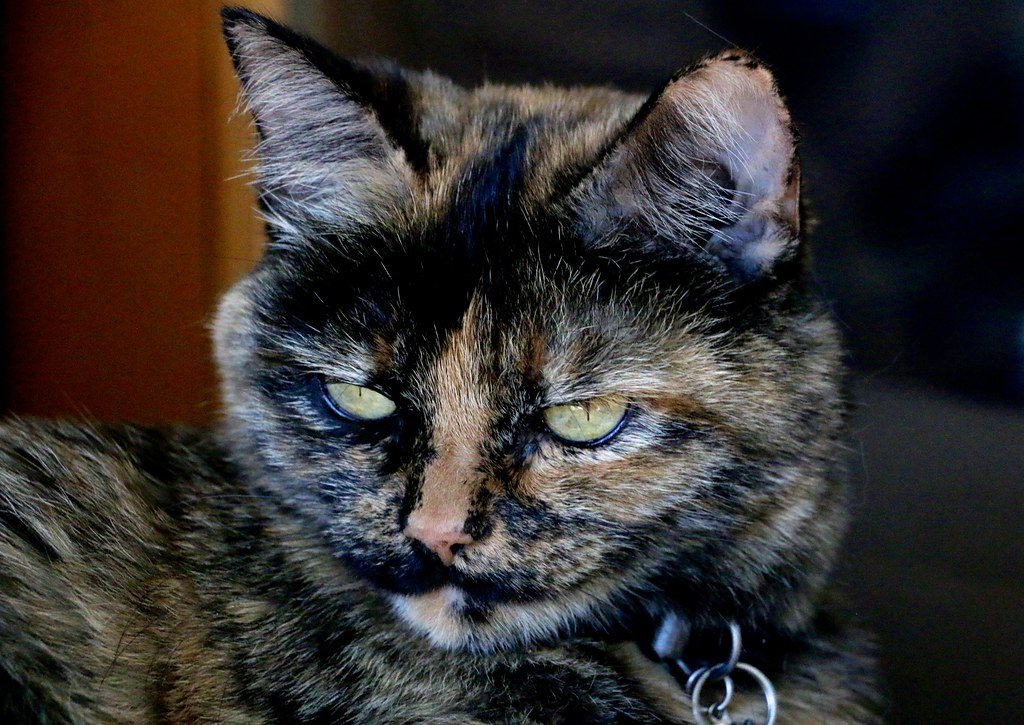
Cat enthusiasts often overwhelm felines with too much sensory input – excessive petting, loud cooing, and invasive approaches that can actually stress cats out. The person who doesn’t like cats naturally provides a more peaceful, low-stimulation environment that many cats prefer. This creates a paradoxical situation where the human trying to avoid interaction is actually providing the ideal social conditions for feline comfort. Cats appreciate predictable, non-threatening behavior, and reluctant humans often provide exactly that through their attempts to remain uninvolved. It’s like being the quiet corner at a noisy party – sometimes the least stimulating option becomes the most attractive. The irony is that by trying to be invisible, these people become the most visible and appealing option in the cat’s assessment of the room.
The Conversion Game
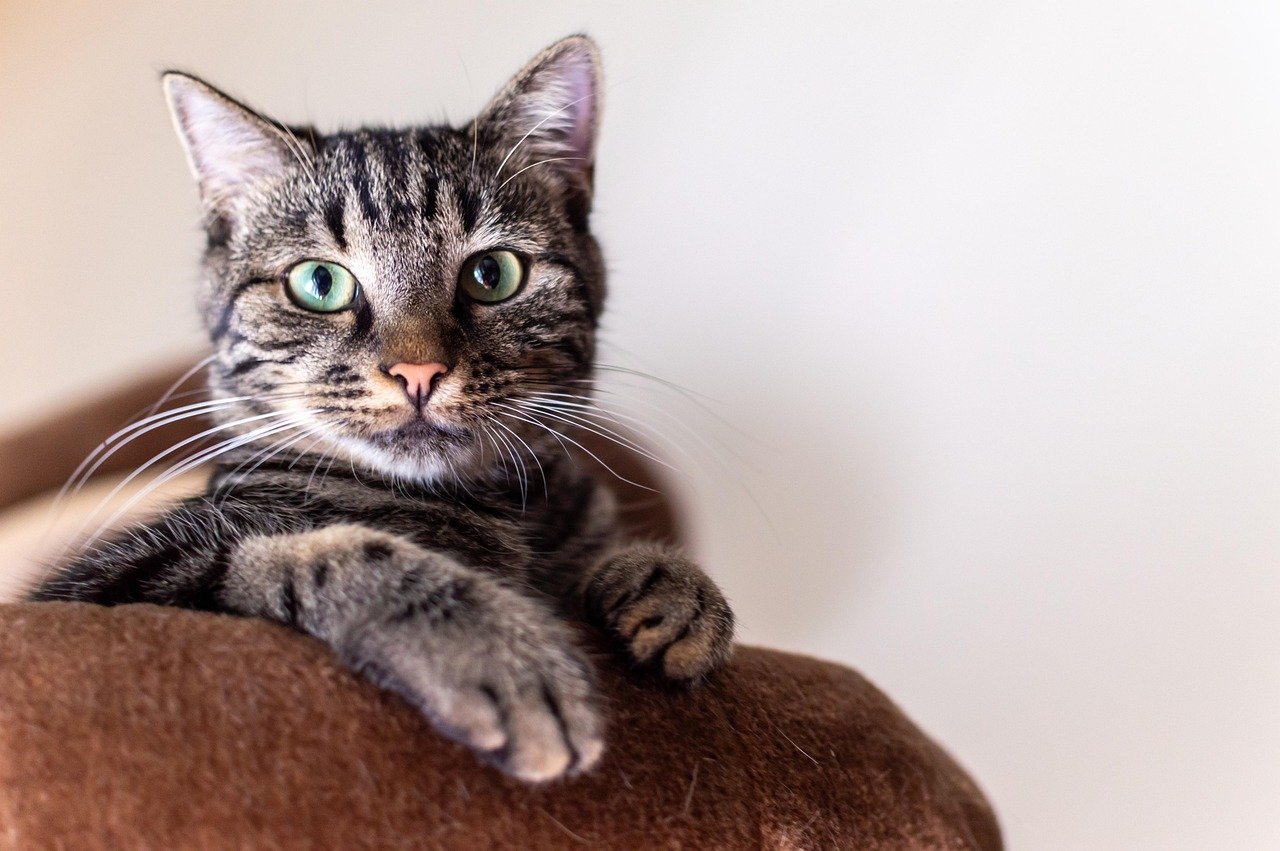
Many cats seem to view reluctant humans as conversion projects, approaching them with the determination of a missionary trying to spread the gospel of feline superiority. This behavior suggests that cats understand the concept of winning someone over and take pride in successfully changing a person’s mind about their species. They often display more persistence and creativity when dealing with reluctant humans than they do with obvious cat lovers. The challenge of conversion appears to activate a problem-solving part of their brain that finds the entire process stimulating and rewarding. Once they’ve successfully converted someone from cat-averse to cat-tolerant, they often move on to find their next conversion project. It’s like cats maintain a mental scorecard of their successful human conversions and take genuine pride in their persuasive abilities.
Boundary Testing Behavior
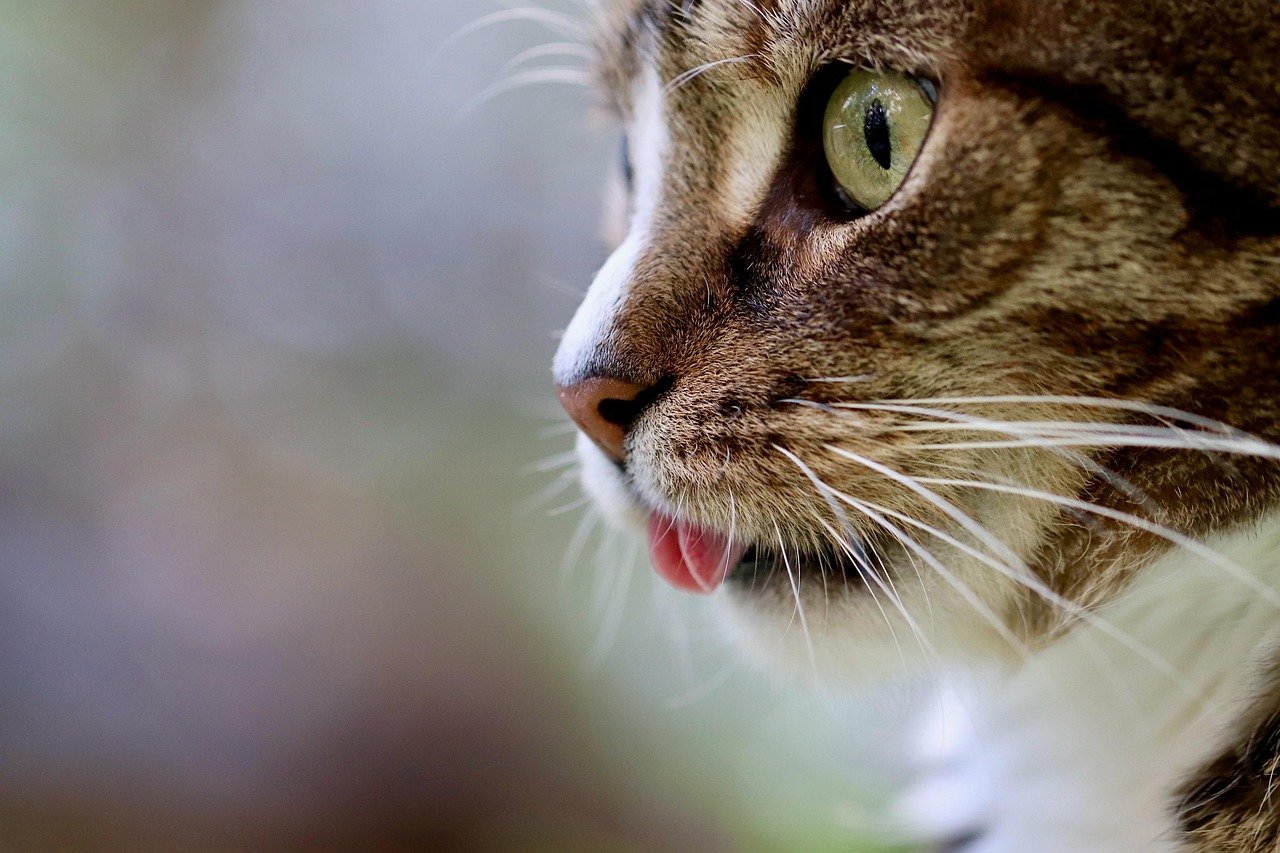
Cats are natural boundary testers who seem to delight in discovering exactly how far they can push before encountering real resistance. People who don’t like cats often set clearer boundaries than cat lovers, which paradoxically makes them more interesting to felines who enjoy testing limits. This behavior stems from their natural curiosity and their need to understand the social rules of any environment they enter. The reluctant person’s attempts to maintain distance create a fascinating puzzle that cats feel compelled to solve. They approach boundary testing with scientific precision, gradually escalating their intrusions until they find the exact point where the human will actually take action. It’s like cats are conducting behavioral experiments to map out human responses and tolerances.
The Ultimate Irony
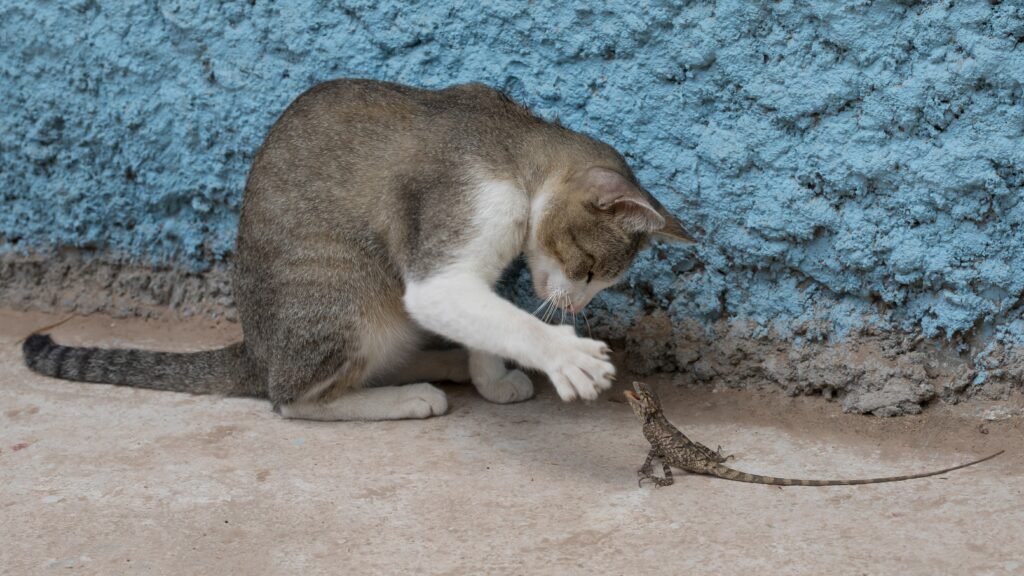
The biggest irony in this entire phenomenon is that people who don’t like cats often end up displaying many of the behaviors that cats find most attractive in other cats. Their independence, emotional restraint, and selective attention mirror feline social patterns perfectly. By trying to avoid cats, these humans accidentally speak fluent cat language without realizing it. They maintain appropriate social distances, avoid overstimulation, and display the kind of aloof confidence that cats respect in their own social hierarchies. This creates a situation where the person least interested in feline companionship is actually the most qualified to understand and communicate with cats on their own terms. The reluctant human becomes an unwitting cat whisperer, fluent in a language they never intended to learn. What started as avoidance becomes accidental expertise, proving that sometimes the best way to understand something is to try to stay away from it.
Hi, I’m Bola, a passionate writer and creative strategist with a knack for crafting compelling content that educates, inspires, and connects. Over the years, I’ve honed my skills across various writing fields, including content creation, copywriting, online course development, and video scriptwriting.
When I’m not at my desk, you’ll find me exploring new ideas, reading books, or brainstorming creative ways to solve challenges. I believe that words have the power to transform, and I’m here to help you leverage that power for success.
Thanks for stopping by, Keep coming to this website to checkout new articles form me. You’d always love it!






